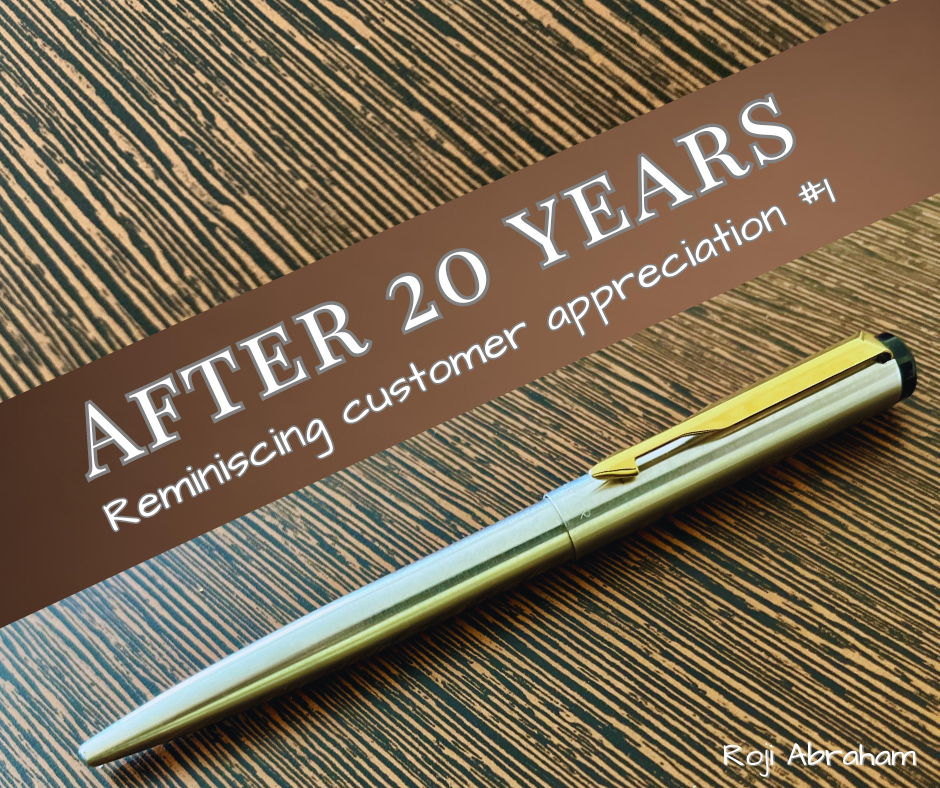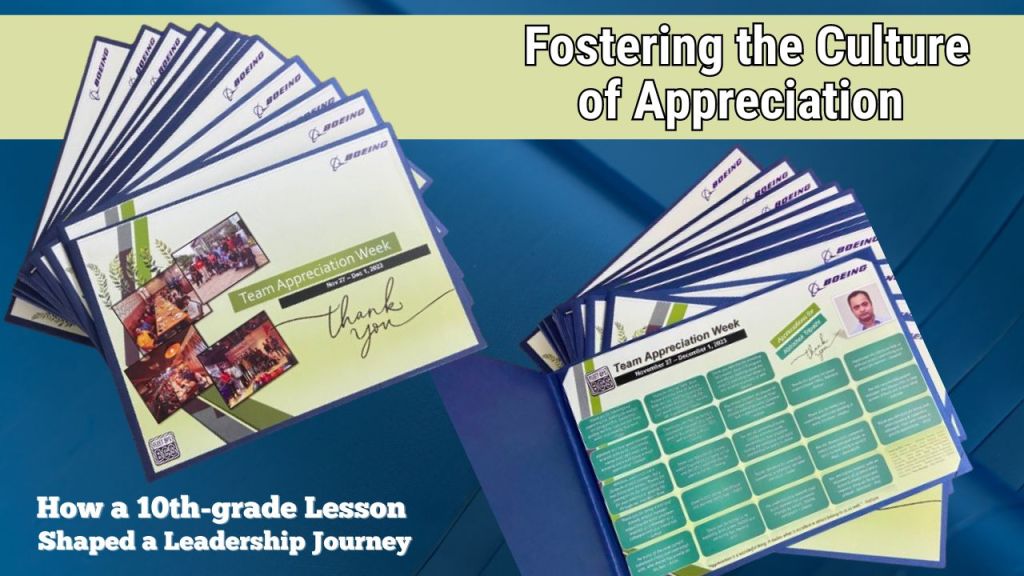I first dipped my hands into Project Management almost a decade ago and in the years since then, it has been a roller coaster ride as a Project Manager.
I worked for three different organisations during this period and each of them was drastically different in its approach to project delivery. Nevertheless, from my experience the role itself is often bittersweet – you feel good when you manage a team to deliver value to a client successfully but when the sailing isn’t smooth, it can get quite stressful.
Project management is an art – not everybody can deftly manage tight budgets, negotiate effectively with a dozen different stakeholders or more, tactfully balance conflicting priorities, and ensure the team delivers scoped deliverables within a stipulated timeline. That’s what a capable Project Manager does.
It is no wonder that large respectable organisations ensure their projects are run by experienced and capable Project Managers.
However, I’m noticing a paradigm shift in the way organisations carry out project delivery over the past decade. Given the breakneck pace at which technology becomes obsolete, there is a need for not just quick delivery but also the ability to respond to change fast. This has resulted in greater adoption of the agile methodology in project delivery. The way things are going, Project Managers who refuse to budge from the traditional way of delivery are likely to meet the fate of dinosaurs sooner or later. This is why Project Management roles are evolving and PMs are now additionally playing the roles of Scrum Masters or Product Owners if their associated teams follow the agile way of delivery.
All that being said, one challenge project managers face today is getting hired by organisations. This is because there are only a limited number of project management openings (since organisations need at most just one PM for one or more projects) and a disproportionate number of applicants for the role. It is not uncommon to see a few hundred applications for every single project management position posted by a large MNC today (especially in India).
How do you even filter out candidates who purportedly have the same skill sets? Given that project management skills are mostly soft skills, it is very hard to evaluate capability by looking at a piece of paper (the candidate’s CV).
For PM candidates, getting an interview call itself can be akin to winning a lottery and they need to make the best of every single opportunity they get to interview with an organisation because such chances are not that abundant.
In 2020, I decided to do some research on what organisations look for in Project Management candidates and what questions they would likely encounter in interviews. This was the idea that led to me commencing my work on my book, ’The 50 Top Interview Questions for Project Managers.’
The book captures some of the most commonly asked questions in project management interviews with guidelines on how to frame a thorough articulate response on the same and thereby stake a strong claim to that role you apply for.
We all faced our fair share of hardships and personal challenges and it was no different for me too. I had to take an impromptu break from writing and my book that was 70% done went on hold for close to 2 years before I resumed work on it.
I’m glad to say that it is now on its way to completion and I am keeping my fingers crossed for a mid-June 2022 release.
If you are a Project Manager, I can assure you that this book will be invaluable to you during the time you decide to start applying for roles with different organisations. So do consider picking up a copy when it is out in the market. I publish exclusively with Amazon so, you will be able to get it through Amazon globally. The book will be available for pre-order in the next week or so.
You can click here to Pre-Order this book on Amazon
Free Evaluation Copies: I am also giving out a few free evaluation copies (Digital Ebook only). If you are interested in being a beta reader and reviewer for the book, you can drop me an email at author@rojiabraham.com







